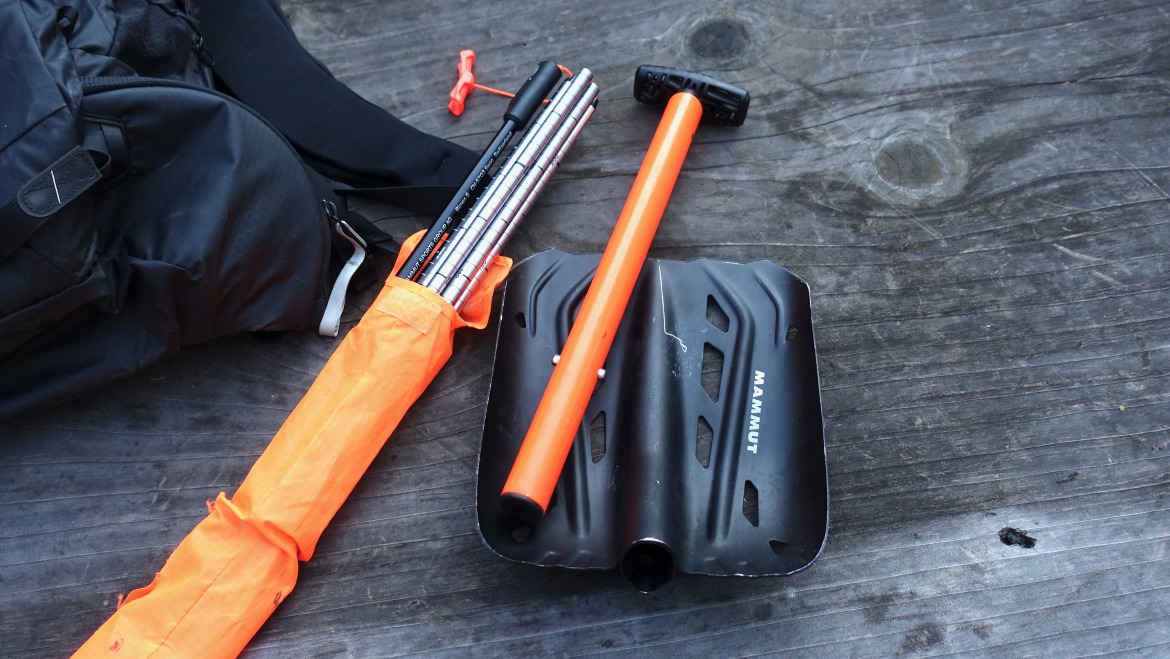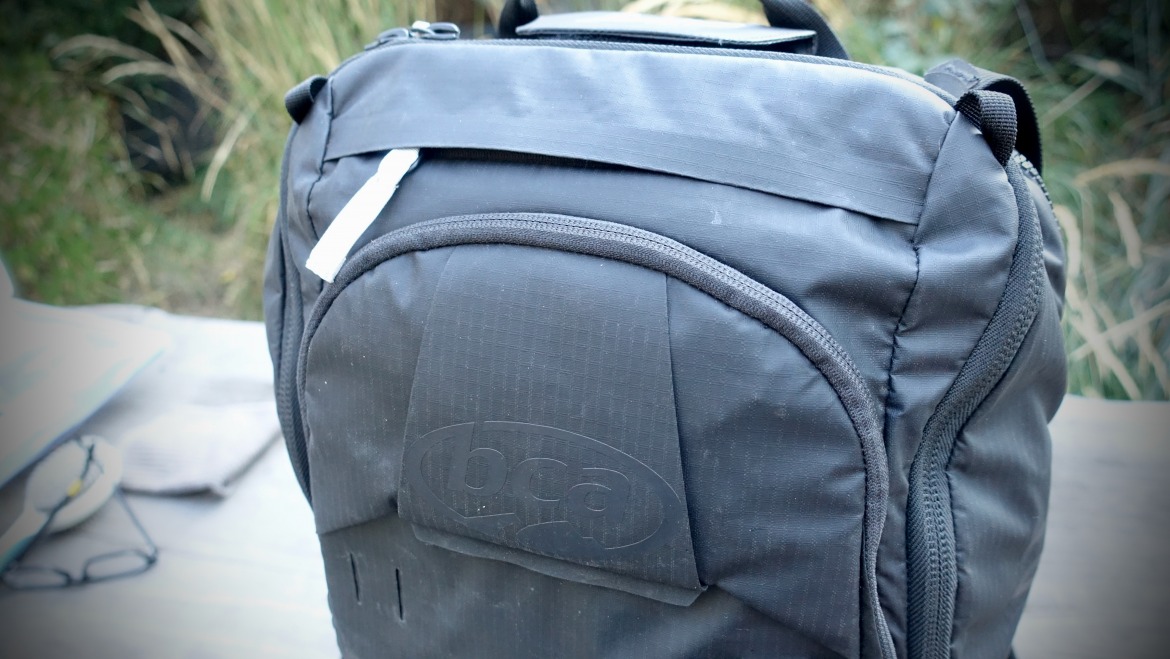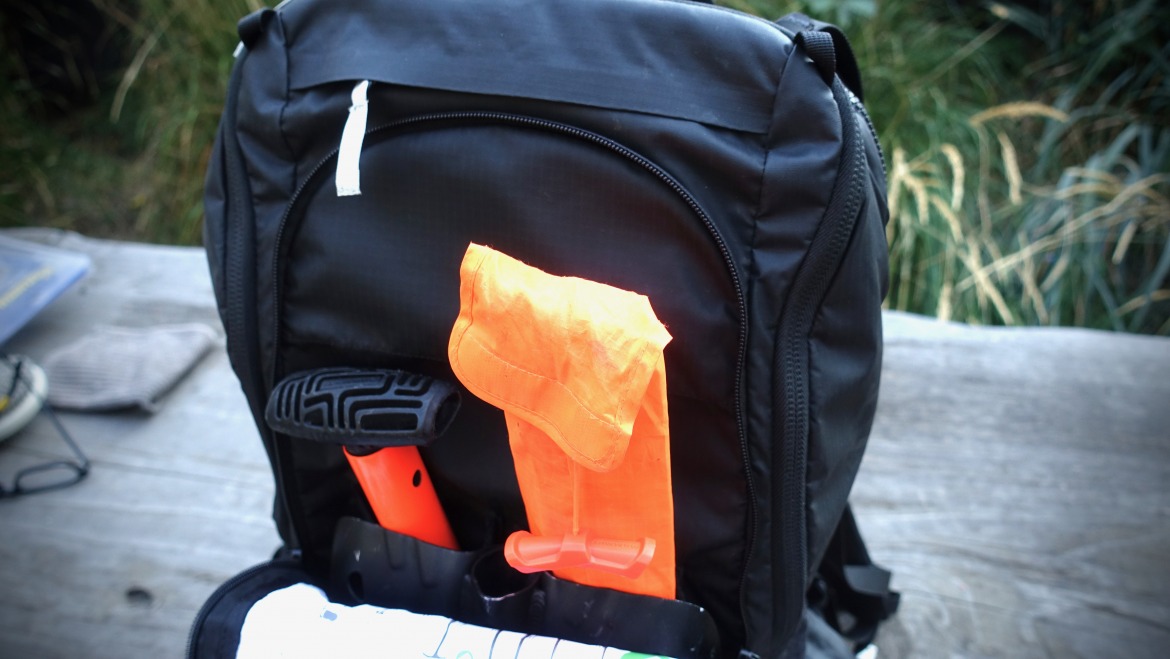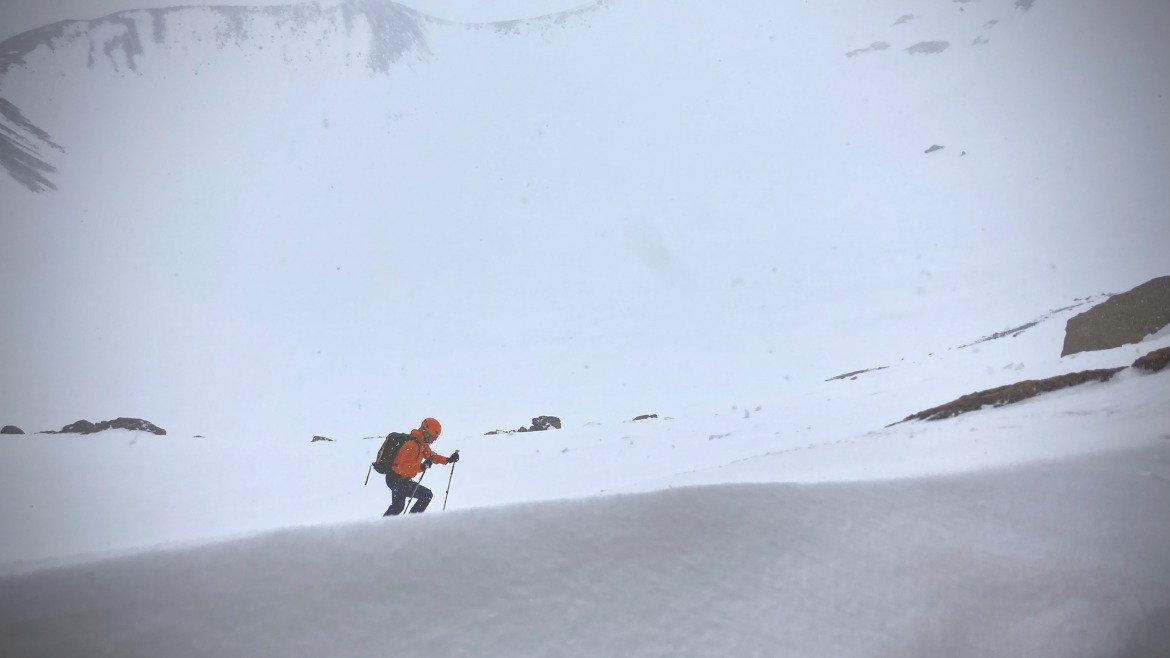
A day in the backcountry is downright rewarding. Before heading into the hills, get to know your gear, and familiarize yourself with best practices. And take an avalanche class.
You’ve heard it here, you’ve heard it elsewhere, backcountry skiing and riding are booming. And if the words of the venerable Greg Brown have any worth (which they do and should), “It’ll boom just as long as a boom has room.” Here are 16 tips, count them up, to help those new to backcountry riding/touring feel more at home in the mountains.
A version of this article was published in March, 2017 and is a collaboration with our publishing partner Cripple Creek Backcountry.
0. Roughly 95% of ski touring is about walking uphill. We call it skinning, but for practical purposes, it’s closer to walking than running. If you do not enjoy walking uphill, you will not enjoy ski touring.
1. Tech bindings are the way to go, frame bindings are heavier. (Ok. We are a bit biased on this one.) “Tech” bindings are ski bindings with the “Dynafit” configuration that sticks two tiny pins into special boot fittings at the toe and heel. If you want to continue the tech V. frame debate, head to the local shop and get their advice.
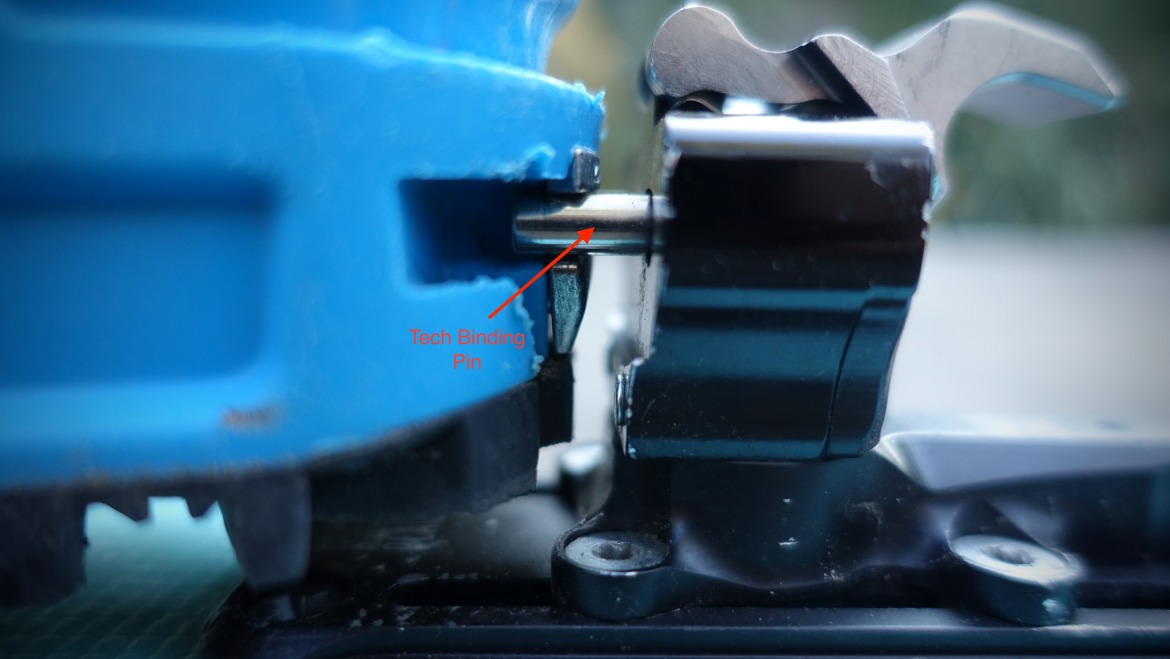
Tech binding heel units have two “pins” that click into the boot’s steel fitting. The steel fitting is secured to the boot’s heel.
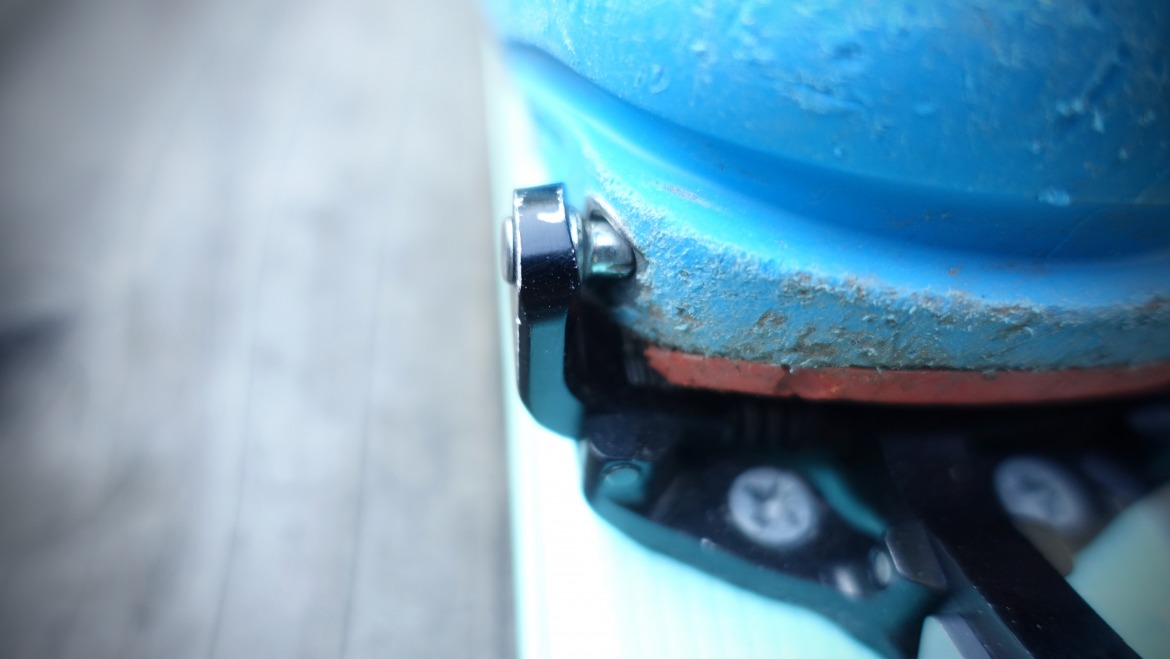
A close up of a tech binding’s toe unit. Here, the pin is properly inserted into a fitting on the boot’s toe. It might take some practice to quickly insert the boot toe into a tech toe unit. Practice lots on the carpet, before heading into the field.
2. Dynafit is pronounced two ways: “Deeee-na-fit” & “Diiiii-na-fit.” If you’re dealing with well-seasoned individuals or experienced ski shop folks, either pronunciation is okay.
3. You don’t need adjustable ski poles. But if you want, by all means, feel free, as they can be handy.
4. If you make an avalanche beacon purchase, you are, by default, committing to backcountry best practices. There are simple and effective beacons, and there are complex and effective beacons. Choose one that works for you. And practice; if you don’t practice several times a season, any available avalanche beacon is, at best, a high-tech paperweight.
5. Avalanche airbag packs are worth sporting if you ski in avalanche terrain. Buy a pack that allows you to practice a few inflations a year. Look at available options. Canister packs (these use canisters of compressed air to fill the airbag) are less expensive yet more difficult to practice with; you’ll need to refill the air canister once you’ve inflated the airbag.
6. While going uphill, you’ll need much less clothing than you generally use while resort skiing. Layering is key, as is comfort. Look for zippers to dump heat for the ascent.
7. Especially while learning, beware of large groups. Best to ski with just a few other people you’re comfortable with as mentors.
8. Similar to bindings, special boots make ski touring work. If you get lighter ones, they’ll feel different than your alpine ski boots. Embrace the feeling, get out, and practice by skinning, transitioning, and descending. If you live near a ski area allowing uphill travel, this will likely be your best option for building skinning and transitioning skills in a low-stress environment.
9. Carry a good shovel specifically made for avalanche rescue; learn how to stow it inside your backpack. While at it, ensure you have an avalanche probe and can quickly deploy it.
10. Gear shopping can be overwhelming and expensive. Get to know your local consignment shop, and don’t be afraid of eBay, Facebook marketplace, or Craigslist. Also, check with your local shop; many offer early-season gear swaps.
11. Getting familiar with your gear by uphilling at resorts is alright. It could even be a way to make friends, get fit, and learn the value of #6, “layering is key.” And before you head to the resort, carpet test getting in and out of your bindings on the local living room carpet.
*If you are uphilling at a resort, ensure it is permissible and you are aware of the rules.
12. Goggles are often best left in a case, in your backpack, until needed for the downhill. But always bring them.
13. Helmets are okay; use a net or other carrying device on your backpack, and don’t let it just dangle and fill with snow. Wear your hardhat while skiing down — there is nothing weirder than seeing someone skiing downhill with a helmet swinging from their backpack. Consider wearing your helmet all the time, up and down, especially in avalanche terrain.
14. Know first aid. Take a course if necessary.
15. Likewise, know what an avalanche is and how it happens — take an avalanche safety course.
Are there more than these tips? Indeed there are. Feel free to suggests others in the comments. And be safe out there.
While most of the WildSnow backcountry skiing blog posts are best attributed to a single author, some work well as done by the group.

